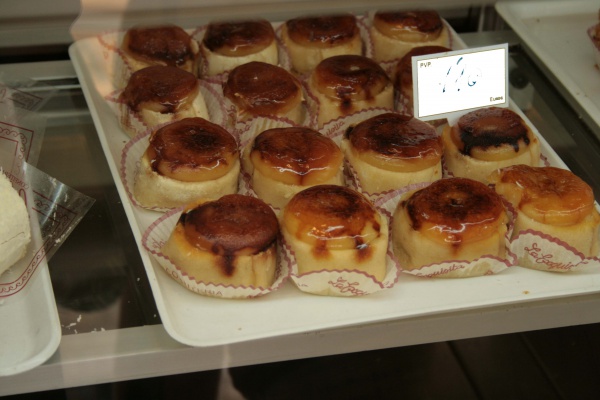Facts About Pionono
Pionono is a versatile pastry that comes in both sweet and savory versions, popular in regions such as Granada, Spain, the Caribbean, South America, and the Philippines. The name "Pionono" is derived from Pope Pius IX, whose name in Spanish is "Pio Nono."
In Spain, particularly in Santa Fe near Granada, Piononos are cherished as small confections. They are made by rolling pastry into a cylinder, soaking it in syrup, and topping it with toasted cream. A renowned place to try these delicacies is "Pastelerías Casa Isla" in Granada.
In South American countries like Argentina, Uruguay, Venezuela, Colombia, Peru, and Cuba, Piononos have their own distinctive variations. They use a batter made from flour, eggs, and sugar, which is then rolled around a variety of fillings. Sweet options often include dulce de leche and fruits, while savory choices feature ingredients such as ham and cheese or mayonnaise.
In Puerto Rico, Piononos take on a unique twist. Sweet plantains serve as the "bread" which is then stuffed with savory fillings, dipped in batter, and deep-fried. This combination creates a delightful contrast of flavors and textures.
In the Philippines, Pionono, spelled as "Pianono" closely resembles a jelly roll. It's a rolled sponge cake made from a layer of pastry baked with eggs, sugar, and flour. Traditional fillings include simple combinations like sugar and butter, akin to Filipino sponge cakes. However, modern versions might feature a variety of frostings and fillings to suit different tastes.
Whether sweet or savory, Pionono offers a delightful treat that reflects the diverse culinary traditions of its various regions.

 Peru
Peru